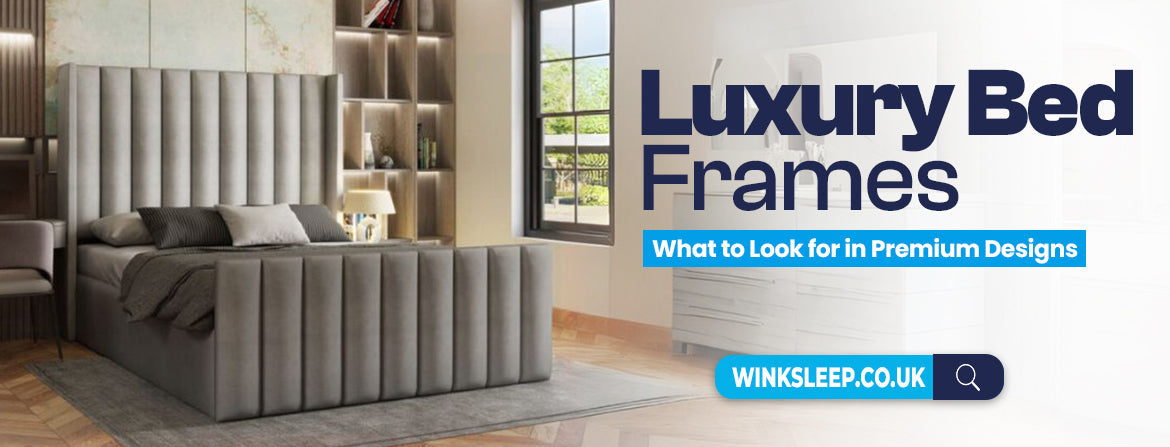Arranging a living room can be both an exciting and challenging task. The living room is often the heart of the home, a space for relaxation, entertainment, and socialising. To create a functional and aesthetically pleasing living space, consider these four essential rules for arranging your living room.
1. Prioritise the Focal Point
Every well-arranged living room needs a focal point that draws attention and anchors the space. This could be a fireplace, a large window with a view, a piece of artwork, or a media centre.
How to Implement:
- Identify Your Focal Point: Decide what the main attraction of your living room will be. If it’s a fireplace, arrange your seating to face it. For a media centre, make sure the TV is visible from all seating areas.
- Balance the Space: Ensure the focal point doesn’t overwhelm the room. Balance it with complementary elements, such as side tables, lamps, or plants.
- Accentuate the Focal Point: Use lighting, colour, and decor to highlight your focal point. For example, place a striking piece of art above the fireplace and install accent lighting to draw attention to it.
2. Create Conversation Areas
A living room should encourage conversation and interaction. Arrange your furniture to facilitate easy and comfortable communication.
How to Implement:
- Group Seating: Place sofas and chairs in a way that allows people to face each other. This could be in an L-shape or U-shape arrangement. Avoid lining all furniture against the walls, as this can create a cold, disconnected feel.
- Consider Scale and Proportion: Ensure your furniture is appropriately sized for your space. Large pieces can overwhelm a small room, while small pieces can get lost in a larger space.
- Include a Coffee Table: A coffee table can serve as a central point in your seating arrangement, providing a place for drinks, snacks, and decor. Make sure it’s easily accessible from all seats.
3. Ensure Traffic Flow
The living room should be easy to navigate, with clear pathways for movement. Avoid clutter and ensure there’s enough space for people to move around comfortably.
How to Implement:
- Plan Pathways: Leave at least 18 inches of space between the coffee table and the sofa for easy movement. Ensure there are clear paths to other areas of the room, like doorways or hallways.
- Minimise Obstacles: Clear clutter and furniture from walkways. If your living space is small, use items that don't obstruct traffic flow and are simpler and more functional.
- Consider Furniture Placement: Place larger pieces of furniture, like sofas and cabinets, against walls to maximise open space. Use rugs to define areas without blocking pathways.
4. Incorporate Personal Style
Your living room should reflect your personality and style. Incorporate elements that make the space uniquely yours and create a warm, inviting atmosphere.
How to Implement:
- Choose a Colour Palette: Select colours that you love and that create the mood you want for your living room. Whether it’s calming neutrals or vibrant hues, make sure the colours harmonise.
- Add Personal Touches: Incorporate personal items like family photos, travel souvenirs, or heirloom pieces. These items add character and tell your story.
- Mix Textures and Patterns: Combine different textures and patterns to add depth and interest. Mix materials like wood, metal, and fabric to create a layered, inviting look.
- Use Decorative Accessories: Enhance your space with accessories like throw pillows, blankets, and artwork. These items can be easily swapped out to refresh the look of your living room.
What if my living room is small? How can I create conversation areas?
In a small living room, creating conversation areas involves using compact, multi-functional furniture that maximises space without overwhelming it. Arrange seating such as a loveseat or small sofa and a couple of chairs in a way that allows for face-to-face interaction, ideally in an L-shape or semi-circle around a small coffee table or ottoman. Use light, neutral colours to make the space feel larger and ensure there’s enough room for easy movement between pieces.
Additionally, consider using wall-mounted shelves or built-in storage to keep the floor area open and uncluttered.
What are some common mistakes to avoid when arranging a living room?
Arranging a living room can significantly impact the overall feel and functionality of the space. Here are some common mistakes to avoid:
1. Pushing All Furniture Against the Walls
- Why to Avoid: While it might seem like pushing furniture against the walls creates more space, it can actually make the room feel disconnected and less cosy.
- Better Approach: Pull furniture away from the walls to create more intimate seating areas and a better flow.
2. Ignoring the Focal Point
- Why to Avoid: Without a clear focal point, the room can feel disorganised and lacking in purpose.
- Better Approach: Identify and emphasise a focal point, such as a fireplace, large window, or TV, and arrange furniture around it.
3. Blocking Traffic Flow
- Why to Avoid: Furniture that obstructs pathways makes the room difficult to navigate and can cause clutter.
- Better Approach: Ensure there are clear paths for movement. Leave enough space between pieces for easy access and movement.
4. Using Furniture That’s Too Large or Too Small
- Why to Avoid: Furniture that’s too big can overwhelm a space, while pieces that are too small can make the room feel sparse and incomplete.
- Better Approach: Choose furniture that’s proportionate to the size of your room. Measure your space and plan accordingly.
5. Poor Lighting Choices
- Why to Avoid: Relying on a single light source or neglecting natural light can make the room feel dark and uninviting.
- Better Approach: Use a combination of lighting types, including ambient, task, and accent lighting. Ensure natural light is maximised with sheer curtains or blinds.
You may like to read: Top 5 dreamy colours to transform your bedroom
Conclusion
Styling your living room involves balancing aesthetics and functionality. By prioritising the focal point, creating conversation areas, ensuring good traffic flow, and incorporating your personal style, you can arrange a living room that is both beautiful and practical. These four rules provide a foundation for designing a space that you and your guests will love spending time in.
FAQs
Why is a focal point important in a living room?
A focal point draws attention and anchors the room, giving it a sense of purpose and balance.
How can I ensure good traffic flow in my living room?
Plan clear pathways for movement, leaving at least 18 inches between furniture pieces. Avoid clutter and large furniture that blocks walkways.
How do I balance my focal point with other elements in the room?
Ensure your focal point is not overwhelming by balancing it with complementary elements.
Can I have more than one conversation area in a large living room?
Yes, in a large living room, you can create multiple conversation areas by grouping furniture into separate zones. Use rugs, lighting, and furniture arrangement to define each area.
How do I choose the right size furniture for my living room?
Measure your space and choose furniture that fits comfortably without overcrowding.
How often should I rearrange my living room?
There’s no set rule, but rearranging your living room every few years can refresh the space and keep it functional.
Can lighting affect the arrangement of my living room?
Yes, lighting plays a crucial role in creating ambiance and highlighting certain areas.
How do I mix different textures and patterns in my living room?
Start with a neutral base and add patterns through pillows, rugs, and artwork. Combine materials like wood, metal, and fabric to create a cohesive yet dynamic look.
Is it necessary to have a coffee table in the living room?
While not necessary, a coffee table can be very functional for holding drinks, snacks, and decor items.
How can I make my living room feel cosier?
To make your living room feel cosier, use soft textures, warm lighting, and inviting colours.
 Build Your Bed
Build Your Bed
 Request FREE Swatches
Request FREE Swatches
 Fast Delivery on Every Product
Fast Delivery on Every Product  Klarna 0% Finance
Klarna 0% Finance  5 Year Manufacturer's Guarantee
5 Year Manufacturer's Guarantee 










